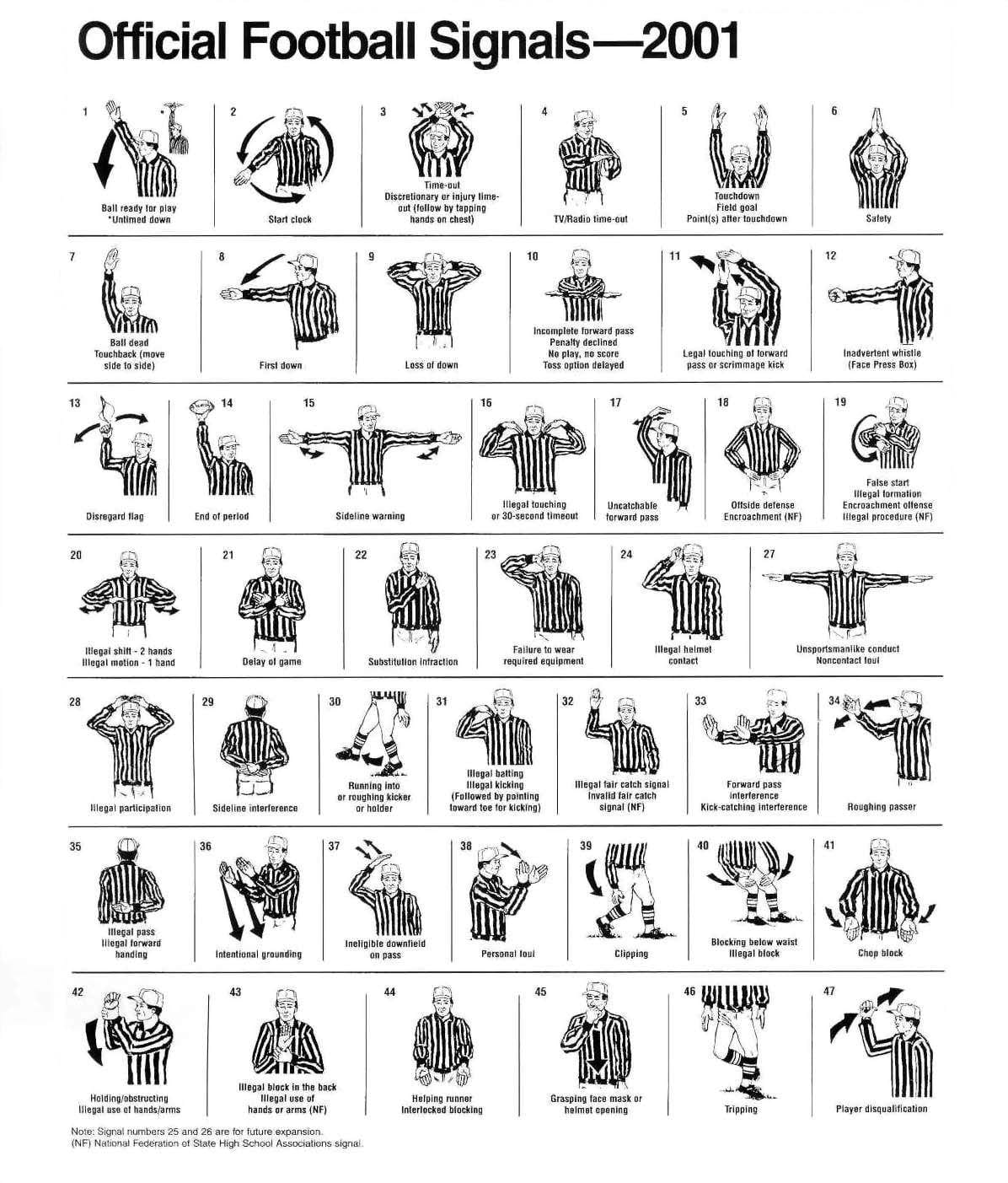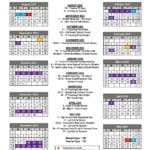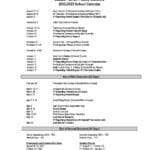Volleyball isn’t just about powerful spikes and acrobatic digs; it’s a game of intricate strategy and lightning-fast decisions. Central to this flow is the referee, whose hand signals orchestrate the match. This comprehensive guide decodes those signals, providing players, coaches, and fans with a deeper understanding of the game. Whether you’re a seasoned pro or just starting out, mastering these signals will unlock a new dimension of volleyball appreciation.
Decoding the Directives: Core Game Management Signals
These essential signals maintain the rhythm and flow of the match. Understanding them is key to grasping the basics of volleyball officiating.
Point Awarded
The referee points vertically with an outstretched arm towards the team that won the rally. This clear gesture signifies a point scored and updates the game’s progress.
Timeout
A “T” formed with both hands signals a timeout. Teams can use timeouts strategically to regroup, while officials may call them to address game-related matters or injuries.
Substitution
A circular motion of the forearms, palms open, signifies a substitution. This crucial signal allows teams to strategically rotate players in and out of the game. Learn more about strategic substitutions and their impact on team dynamics.
Change of Court
The referee lifts and rotates their forearms forward and backward to indicate a change of court. Teams switch sides after each set, and this signal marks the transition.
Spotting the Slip-Ups: Fault and Violation Signals
Not every play is perfect. These signals pinpoint rule infractions and help maintain fair play.
Net Touch
Touching the net during play is typically a fault. The referee might point directly to the net or use a specific hand gesture depending on the nature of the net violation and the league’s specific signals. Explore the nuances of net touch rules in more detail.
Foot Fault
Stepping over the service line during a serve results in a foot fault. The referee points distinctly at the service line to indicate the violation.
Double Contact
Two fingers raised by the referee signify a double contact. This fault occurs when a player touches the ball twice consecutively, excluding blocks. Dive deeper into the double contact rule and its exceptions.
Lift/Carry
An open hand moving upwards, as if lifting an object, indicates a lift or carry. This occurs when the ball is held momentarily instead of being hit cleanly.
Four Hits
Four fingers held up by the referee indicate that a team has exceeded the allowed three hits before sending the ball over the net.
Back Row Attack Fault
A hand gesture mimicking a spiking motion suggests a back-row attack fault. This infraction occurs when a back-row player attacks the ball from inside the front zone, violating positional rules. Gain a deeper understanding of back-row attack rules.
Maintaining Order: Disciplinary Action Signals
These signals address misconduct and uphold sportsmanship, ensuring the game remains respectful and competitive.
Warning (Yellow Card)
A displayed yellow card serves as a warning for misconduct, such as unsportsmanlike behavior or arguing with officials. It cautions the player or team to improve their conduct.
Penalty (Red Card)
A red card results in a point or loss of serve for the opposing team. This penalty is given for more serious offenses, demonstrating a firmer stance against misconduct.
Expulsion (Red and Yellow Cards Together)
The most severe disciplinary action, presenting a red card alongside a yellow card signifies a player’s expulsion from the match. This occurs for extreme misconduct or repeated violations.
Beyond the Basics: Other Important Signals
These less frequent signals play a significant role in specific game situations.
Request for Lineup Check/Clarification
A palm placed over the fingers to form a “T” signals a request for a lineup check or clarification. This might occur when there’s confusion regarding player positions, rotations, or substitutions.
End of Match
Crossed forearms in front of the chest, hands open, signal the end of the match. It’s the final gesture in the intricate dance of volleyball officiating.
Embracing the Nuances: Variations and Further Exploration
While these signals are generally standardized, minor variations can occur between different leagues or governing bodies. For example, the specific signal for a net touch may differ slightly between the FIVB (international) rules and those used by NCAA volleyball. It’s always a good idea to consult official rulebooks for the most accurate interpretations in your specific context. Immerse yourself in the vast empty expanses described in the New York Times, or learn the intricacies of volleyball referee signals to enhance your understanding of the game. For a deeper understanding of volleyball referee signals, you can explore resources like the FIVB Official Volleyball Rules. Ongoing research and discussion within the volleyball community continually refine and standardize officiating, reflecting the sport’s dynamic nature.
What does it mean when a volleyball ref puts up two fingers?
The referee raising two fingers signals a double contact fault. This means a player touched the ball twice in a row, which is against the rules except during a block. The consequence is the loss of the rally, awarding a point to the opposing team.
This often happens when a player attempts a set but mishandles the ball, resulting in two distinct touches instead of a clean contact. However, blocking is a crucial exception. During a block, multiple quick contacts are allowed as part of a single defensive action. Learn more about blocking rules and techniques.
What is the 31 hand signal in volleyball?
The “31” isn’t a referee signal but a communication tool between players, primarily from the setter to the middle blocker. It signals a quick attack, often coordinated with a “32” signal for the outside hitter. This creates a dynamic, two-pronged attack designed to confuse blockers and exploit defensive weaknesses. Explore offensive strategies in volleyball and the role of setter signals.
The effectiveness of the 31/32 combination relies on precise timing and coordination. The middle blocker initiates a fast attack while the outside hitter prepares for a more conventional approach, forcing the opposing blockers to make a difficult choice. This strategic element adds depth and excitement to the game.
- Bossier Parish Schools Calendar 2024-2025: A Parent’s Guide to Key Dates & Resources - November 22, 2024
- 2024-2025 Caddo Parish School Calendar: Key Dates and Information - November 22, 2024
- Caddo Parish Schools Calendar 2024-2025: Key Dates and Information for Parents & Students - November 22, 2024

















2 thoughts on “The Ultimate Guide to Volleyball Referee Signals: Decode Every Hand Gesture on the Court”
Comments are closed.